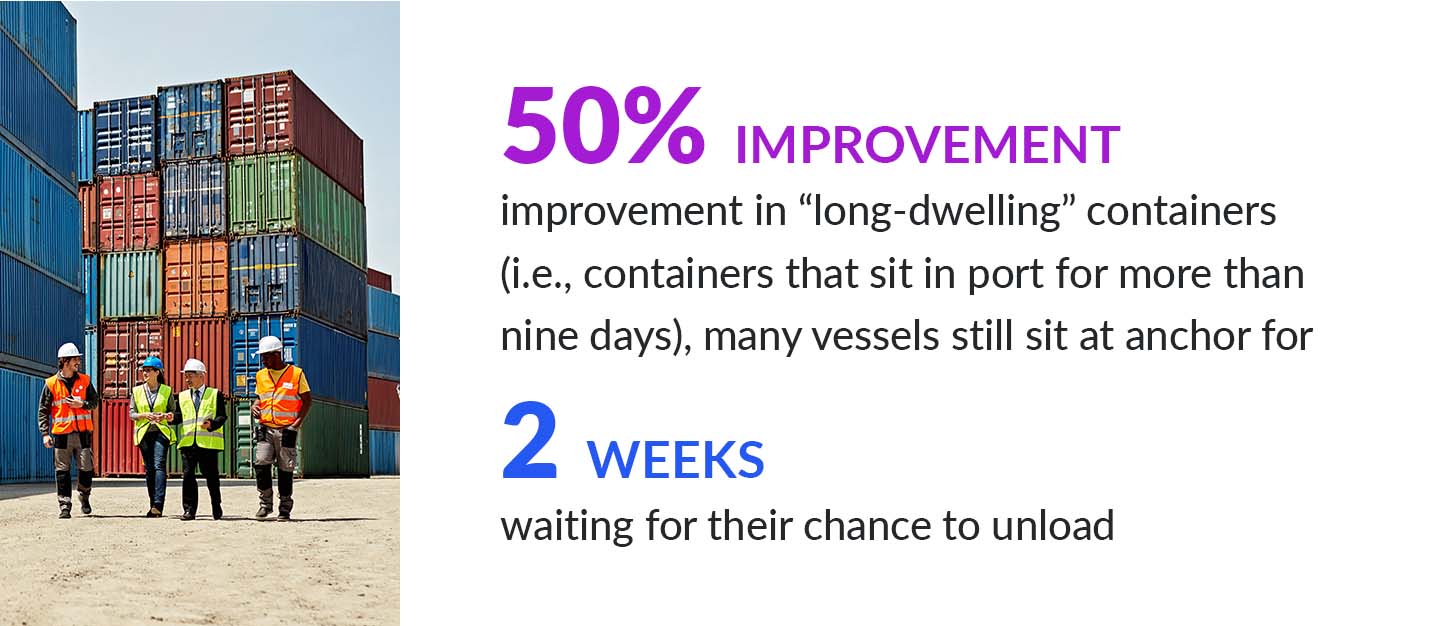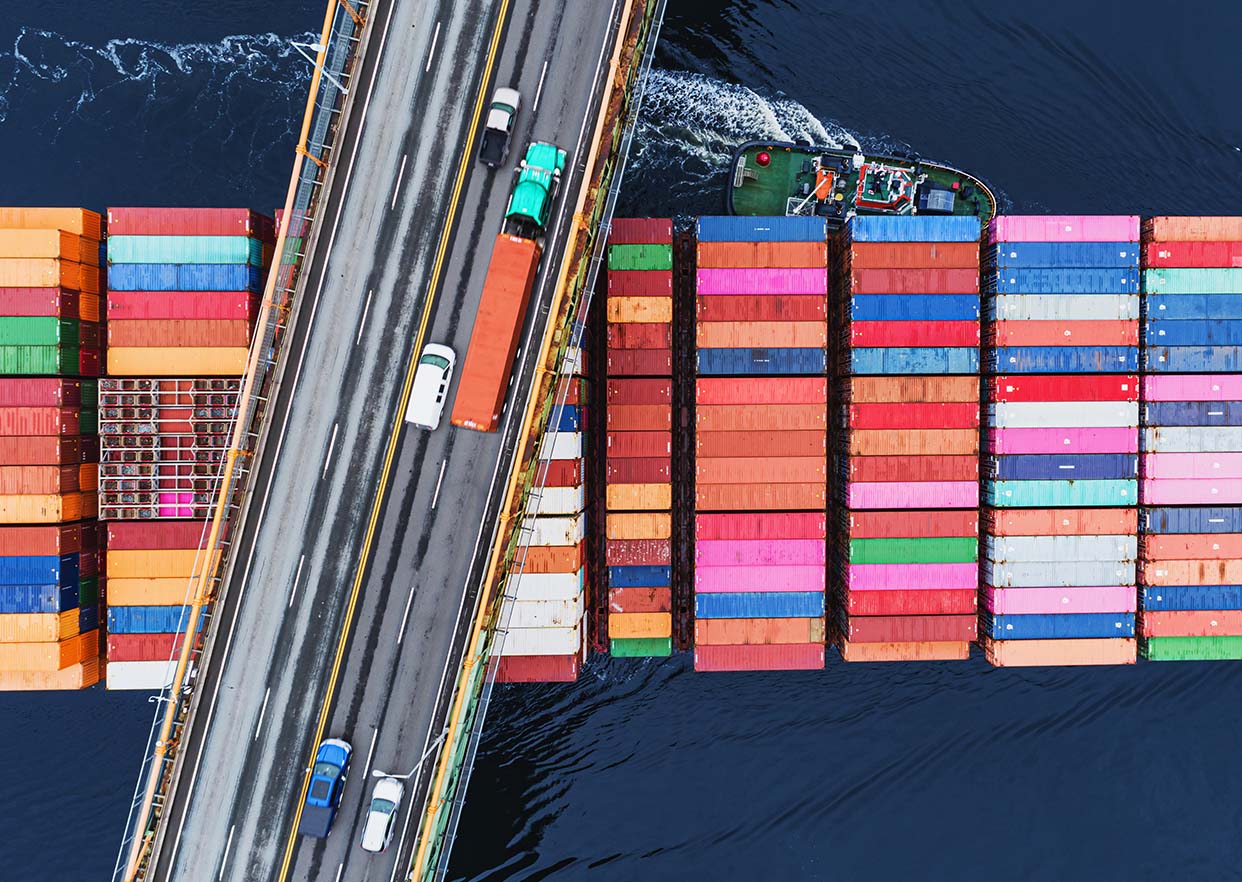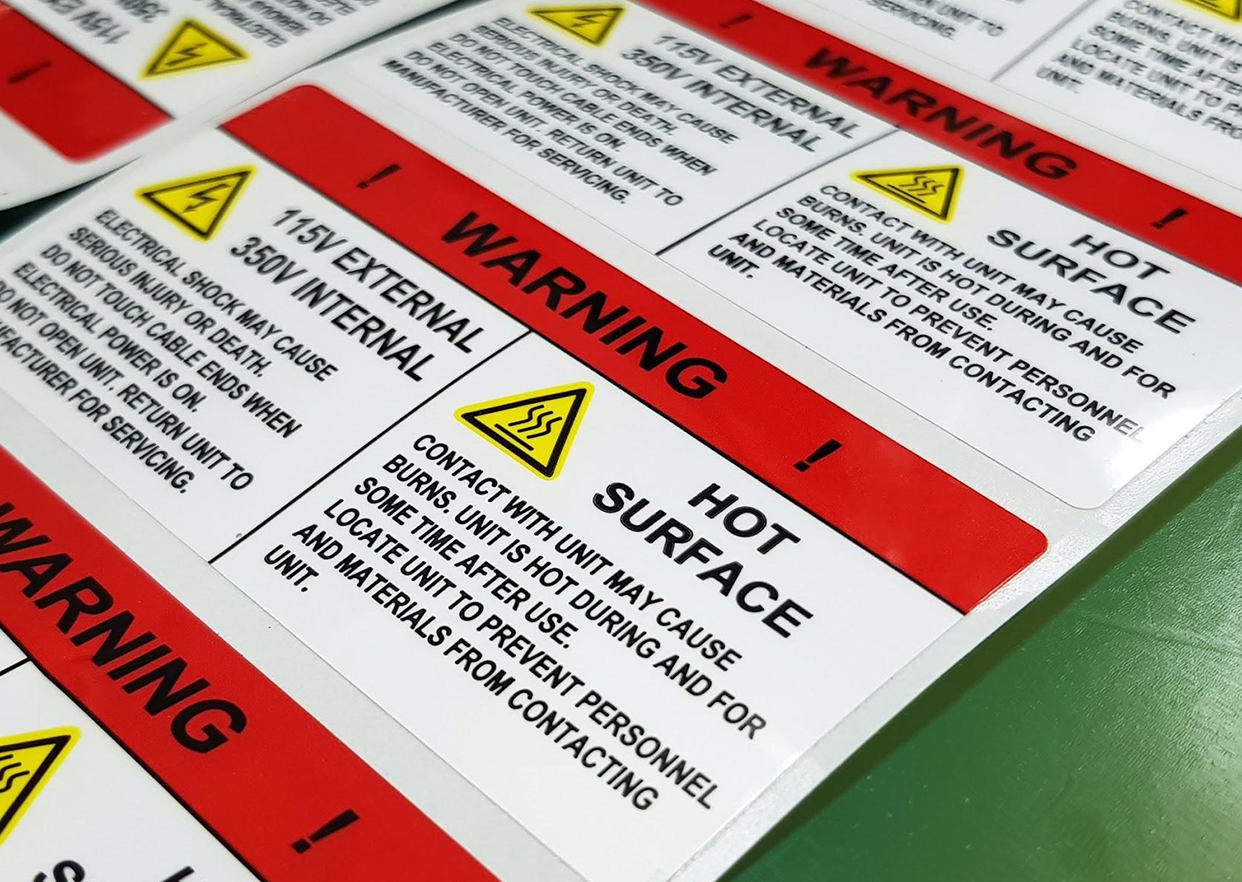When we last explored the supply chain crisis in November 2021, the entire global supply chain had been upended by a series of never-seen-before factors. While a faint glow may be starting to appear at the far end of the tunnel, the situation remains largely the same.
Key Factors in the Supply Chain Crisis
Raw materials are scarce
For companies in a manufacturing-related industry like Taylor, the immediate challenge continues to be raw materials. Simply put, all of the critical trends are still pointed in the wrong direction:
- Raw materials prices are up
- Supplies are down
- Lead times are longer
Overseas shipping is constrained
Disruption of the global shipping industry remains a key contributor to the raw materials issues noted above. Prices may be down somewhat from their peak in September-October 2021 but the World Container Index is still near an all-time high. Transportation costs for a 40-ft. shipping container had a five-year average of $2,900 but were ringing in at $9,700 as of late January 2022.
Likewise, the news is mixed when that container does arrive. While the ports of Los Angeles and Long Beach have reported a 50% improvement in “long-dwelling” containers (i.e., containers that sit in port for more than nine days), many vessels still sit at anchor for two weeks waiting for their chance to unload.
Ground transportation is slow and expensive
The much-publicized shortage of truck drivers continues to slow the movement of goods nationwide and adds cost to every link in the supply chain. Logistics companies have begun to offer massive hiring bonuses in the hopes of luring more workers to the industry. One trucking firm has raised pay 33% for over-the-road truckers, elevating first-year earning potential to $120,000 to $150,000.
 Mitigating Risk Through Supply Chain Management
Mitigating Risk Through Supply Chain Management
To a great extent, the durable and industrial label market is a microcosm of the global supply chain crisis. Whether selling silk blouses or stepladders, you’re going to need labels at some point when manufacturing, transporting or retailing the product. Those labels, in turn, are dependent upon a wide variety of raw materials including paper, synthetic films and a host of adhesives. Every kink in the raw materials supply chain increases the risk of “stockouts” for users of labels – and the likelihood of lost sales and diminished brand image.
Taylor is a leading provider of labeling solutions for customers across a range of industries. Given that we produce more than 50 billion labels annually – durable labels, in-mold labels, pressure-sensitive labels, thermal labels and more – our handiwork can be found on many of the products you use every day. As such, we have become an expert in supply chain management and how to mitigate risks for our many labeling solutions customers.
The most effective risk mitigation strategy involves careful teamwork between the customer and supplier partner (i.e., Taylor). Both parties have an active role to play in supply chain management. By partnering with our customers in these four ways, we are able to blunt the effects of the current supply chain crisis and keep their businesses running smoothly.
#1: Improve demand planning and forecasting
The current supply chain crisis has exposed weaknesses in the demand planning and forecasting functions within many of our customers’ companies. However, accurate long-range forecasting is necessary if you want to reduce the risk of shutting down your production line.
Taylor’s own supply chain analysts combine customer-provided demand forecasts with historical demand figures and the latest supply chain management intelligence to create highly detailed ordering and production schedules. In doing so, we empower our customers to maintain proper levels of label inventory at all times, which helps them reduce the risk of label stockouts. This, in turn, improves their customer service performance, increases customer satisfaction and leads to higher revenues and margins.
#2: Forget about yesterday’s lead times
Many of our customers are inclined to super-size their order quantities. If you order twice as many labels, your risk of running out should go down 50%, right? Not exactly. Since larger orders naturally take longer to fulfill and ship, increasing your order size significantly can actually increase your overall lead time and, thus, your risk of periodic stockouts.
Rather than double the size of their label orders, we recommend that our customers place orders more frequently and then allow realistic lead times rooted in current market conditions. By placing multiple smaller orders for the same item with staggered delivery dates, they are able to “smooth” the supply cycle and ensure that a sufficient supply of labels is on hand at all times. In keeping with the spirit of teamwork, close communication between the customer and Taylor account manager is necessary to ensure that both are on the same page.
#3: Proactively investigate material-specific supply constraints
The third risk mitigation strategy is largely driven by Taylor. Over the past year, we have noted that supply chain constraints often vary dramatically between different types of substrates and adhesives. Film versus paper. Plain paper versus direct thermal. Hot melt versus acrylic adhesive. Specification-driven criteria like these have far-reaching implications in regard to supply chain management – and the recommendations we offer our customers.
Taylor’s strategic sourcing team works closely with raw material suppliers to spot supply chain constraints before they become critical. This allows us to identify at-risk labels at the SKU level and to then advise our customers with precision. In doing so, we are able to update their inventory management plans and prevent stockouts before they occur.
#4: Investigate and approve alternative materials
The fourth and final risk mitigation measure is the very definition of teamwork. In an environment like the current one, it’s vital that the label provider investigate alternate “drop-in” materials in advance and that the customer evaluate – and ideally approve – those substitutions quickly. Having this substitution flexibility is instrumental to the label provider’s ability to help the customer avoid stockouts.
Taylor’s technical consultants have developed a detailed materials decision tree by specification group. Each specification group has pre-determined alternate drop-in materials that can be sourced from multiple suppliers if need be. This increases our ability to source suitable alternative materials with the best lead times, thus reducing supply chain risk for Taylor and our customers.
 Supply Chain Management In Action
Supply Chain Management In Action
With ships sitting at anchor, shipping containers piled high and trucks parked without drivers, label stockouts remain a very real risk for companies in a variety of industries. However, when the four types of teamwork noted above are all present, that supply chain risk can be effectively managed.
Consider the case of the HVAC manufacturer that needed more than one million durable labels of a certain type to keep the line running. When the supply chain crisis began to make its presence known, Taylor’s labeling solutions team quickly identified an alternative material that would meet the stringent UL requirements for that specific label. Taylor created label prototypes, expedited their testing with UL, and recommended the alternate as a rapid drop-in substitution for the customer. Fast and flexible teamwork like this can spell the difference between business as usual and an operational crisis on the part of the customer.
To learn about Taylor’s expertise with labeling applications, substrates, face stock/adhesive combinations and more, contact your Taylor representative for details.










